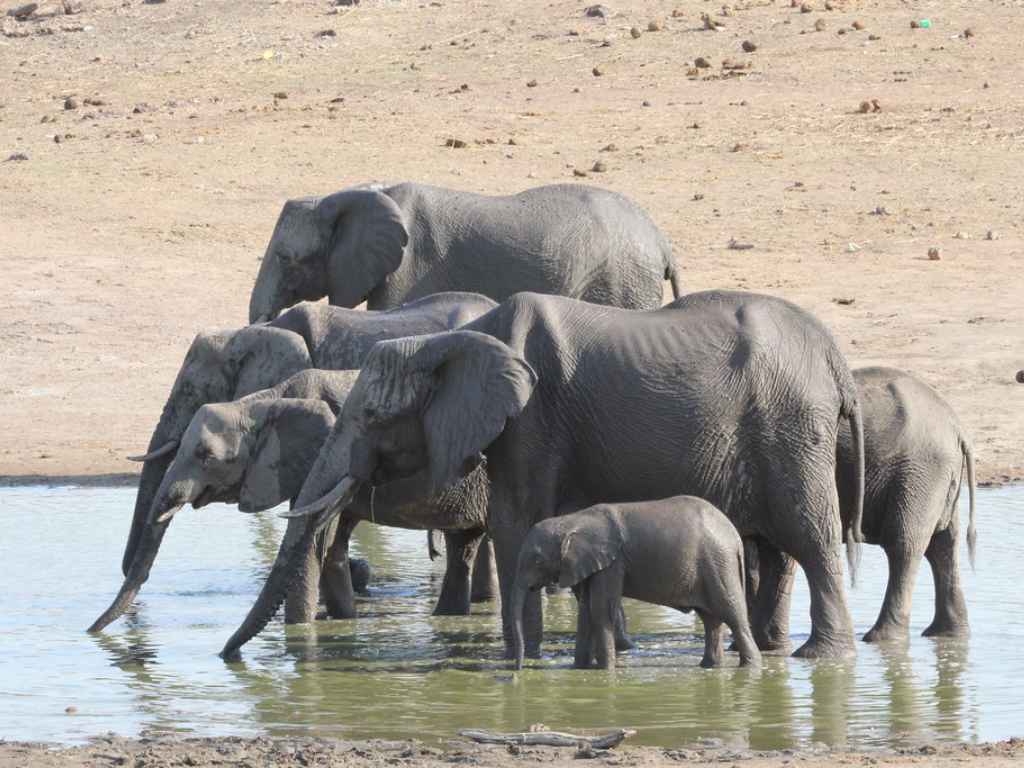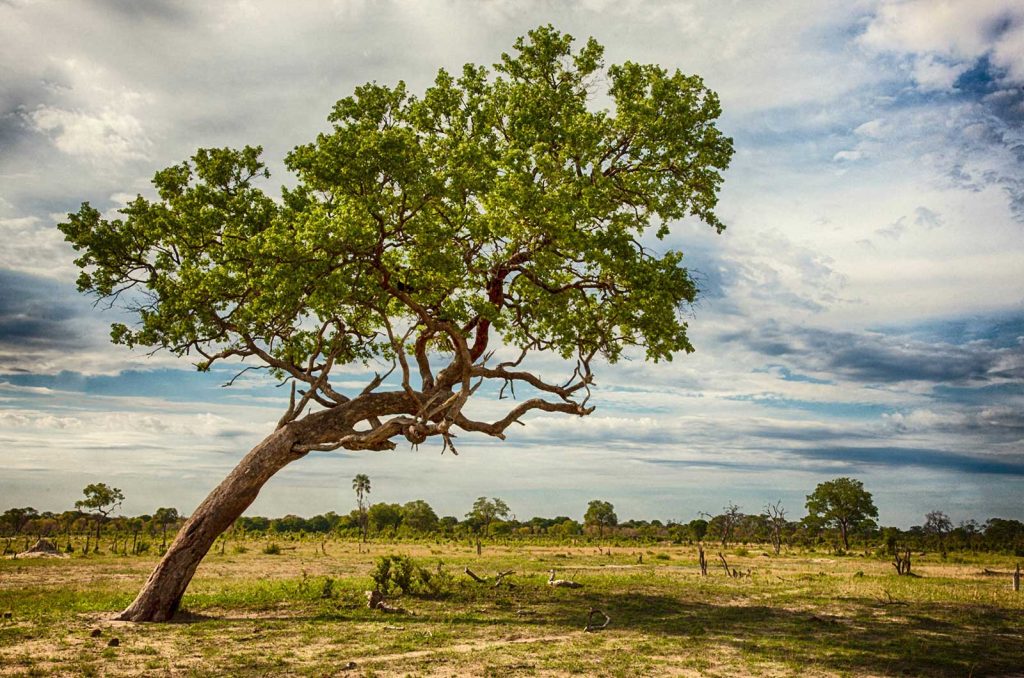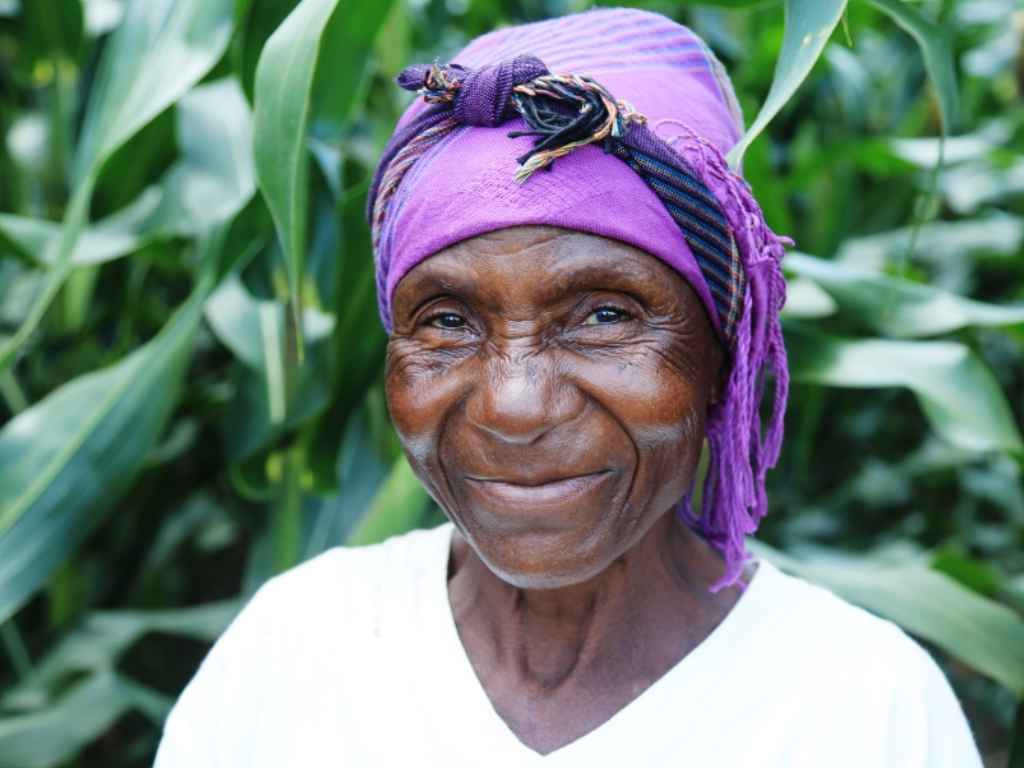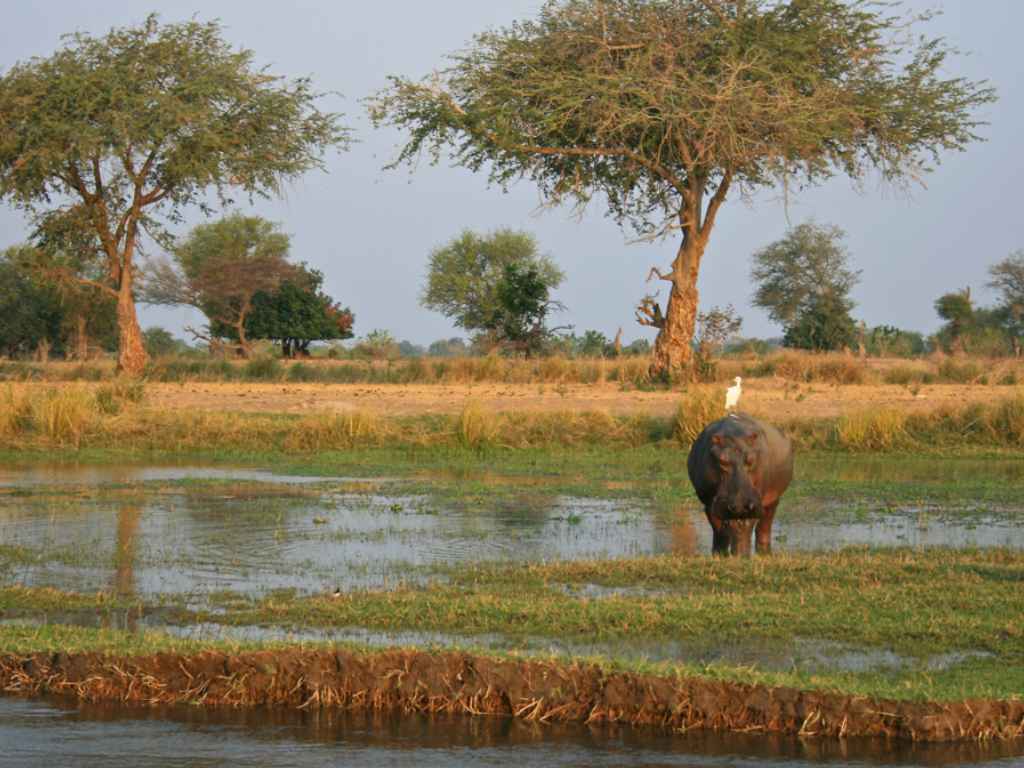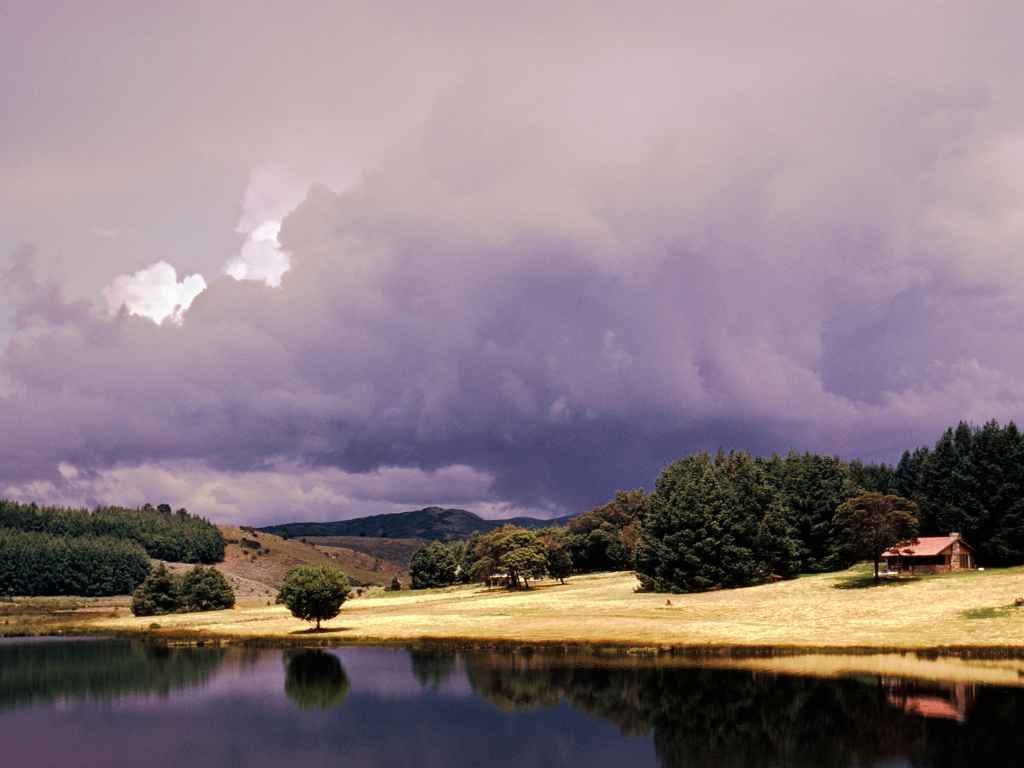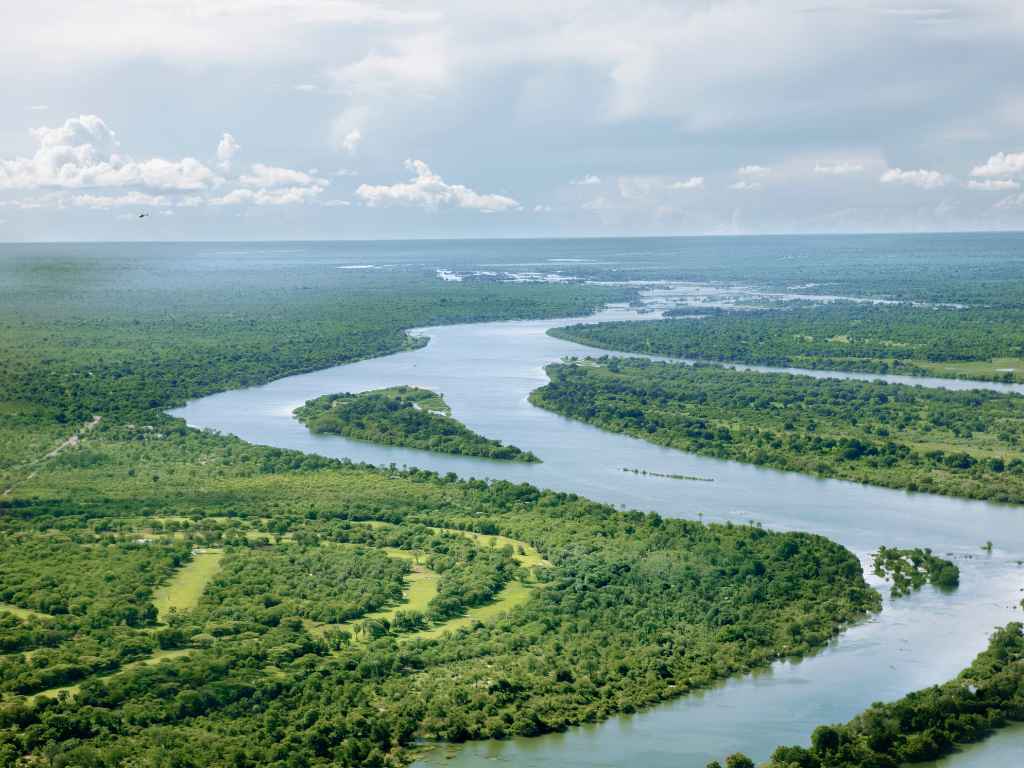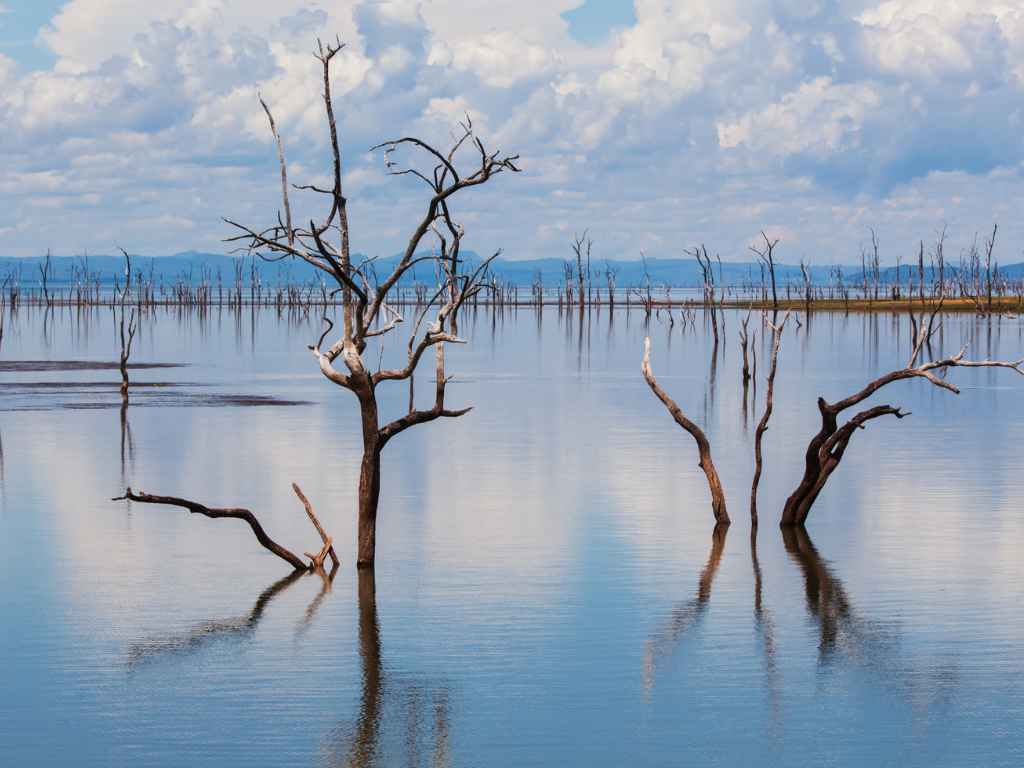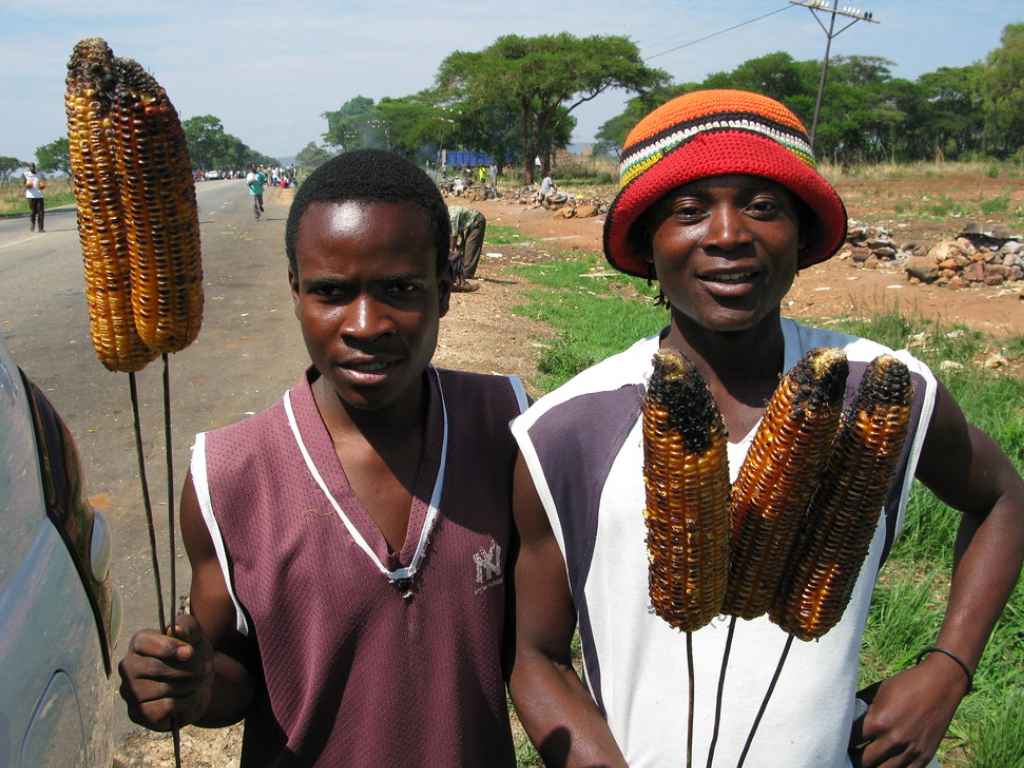Welcome to the wild heart of Zimbabwe, the Hwange National Park. This park is a hidden gem, boasting an astounding diversity of wildlife and breathtaking landscapes. From the thundering herds of elephants to the elusive big cats, it’s a place where nature’s drama unfolds every day.
At Hwange, you’ll witness the raw beauty of Africa, untouched and untamed. It’s not just about the animals, though. Hwange’s unique flora, spanning teak forests to vast grasslands, paints a vibrant backdrop to the wildlife spectacle.
So, are you ready to embark on an unforgettable adventure? Dive in as we explore the wonders of Hwange National Park, a true marvel of nature.
Introduction
Overview of Hwange National Park
Boasting a blend of diverse wildlife and stunning landscapes, Hwange National Park ranks among the finest sanctuaries of nature. This green oasis is home to a vast array of animals, from elephants to big cats. Even the flora refuses to be outdone, with teak forests adding to Hwange’s allure. As Zimbabwe’s largest, oldest national park, every day for Hwange is an episode of nature’s drama, playing out in the wild.
Location and Geography
Nestled in the western corner of Zimbabwe, Hwange National Park covers a colossal area of about 14,650 square kilometers. The park graces the edge of the Kalahari Desert, its geography a fusion of desert sand and sparse woodland. Split by the main road between Bulawayo and Victoria Falls, Hwange National Park provides a thoroughfare to breathtaking adventure. As these two popular locations straddle its borders, the park acts as a natural corridor. Each geographic feature wears a unique coat of biodiversity, giving this park its much-coveted status as a haven for wildlife enthusiasts.
Wildlife and Habitats
Awash with a rich variety of wildlife, Hwange National Park establishes itself as a true African spectacle. The park, a live theater, showcases an assortment of animal species harmoniously co-existing in their distinctive environments.
Animal Species
Big Five (Elephants, Lions, Leopards, Rhinos, Buffalos)
Hwange is acclaimed globally for its Big Five sightings. Elephants, as one crucial component of the Big Five, abound in the park, towering above the remaining residents. Meanwhile, Lions, the symbol of pride and majesty reign supreme, contrasting with the stealthy Leopards lurking in the shadows. Rhinos, though rare, still grace the park with their presence, showcasing their armored majesty. Additionally, the stoic Buffalos serve as testament to the park’s unfaltering vitality.
Other Mammals (Giraffes, Zebras, Antelopes, etc.)
Beyond the Big Five, I’ve witnessed an extensive array of other mammals. Giraffes, with their towering stature and colorful patterns, offer a fascinating sight. Zebras, cloaked in their unique black and white attire, meander around the park, while Antelopes gambol freely, enhancing the park’s lively atmosphere.
Bird Life
Hwange’s skies don’t lack drama, either. Hosting more than 400 bird species, the park is indeed a birder’s delight. Here, one can witness a symphony of melodious songs and witness a kaleidoscope of fluttering colors.
Vegetation and Ecosystems
Savannah Woodlands
In the heart of the park, Savanna woodlands thrive, portraying an enchanting mix of desert sand and sparse woodland. These ecosystems host teak and mopane trees primarily, providing refuge to numerous species.
Grasslands
Ample, wide-stretching grasslands scatter around the park, serving as feeding grounds for many herbivores. During the peak seasons, these grasslands transform into a sea of gold, subtly swaying under the African sun.
Wetlands and Pans
Lastly, my spotlight falls on the park’s wetlands and pans. These areas, though smaller in size, play a vital role in sustaining the park’s wildlife. During the dry season, they serve as the lifeblood to many species, ensuring Hwange’s constant bloom amidst the aridity.
Game Viewing and Safari Activities
Building on the fascination that is Hwange National Park, a broad assortment of safari activities present the opportunity to indulge in the spectacle of wildlife. Whether through the thrill of game drives or the muted excitement of wildlife viewing from a hide, you’ll find an activity to suit your adventurous spirit.
Game Drives
Acting as a gateway to the diverse wildlife, game drives offer real-time documentaries of nature’s rituals.
Self-Drive
Self-drive tours grant the freedom to set your own pace as you traverse the wide expanses of the park. Furnished with a map and a sturdy vehicle, you’ll have the chance to spot the Big Five, watch the graceful gait of giraffes, or take in the vibrant show of bird species, all in your own time.
Guided Tours
For those seeking a more informed experience, guided tours provide expert insights into the park and its inhabitants. Your guide’s experienced eye and in-depth knowledge heighten your chances of encountering elusive species and keenly observing animal behavior.
Walking Safaris
Stepping out of your vehicle and onto the soil of Hwange National Park, walking safaris blend adventure with immersion. Trained guides lead small groups through the wildest areas, offering an intimate interaction with the environment. Remember, the possibility to encounter wildlife at close quarters increases with every step you take.
Night Drives
When the sun sets, Hwange unveils another layer of its charm. Night drives introduce you to nocturnal animals and their unique behaviors. The thrilling prospect of spotting the gleaming eyes of a leopard in your spotlight or hearing the spine-tingling roar of a lion in the dark inevitably heightens your senses.
Hides and Blinds
Lastly, for a more stealthy exposure to wildlife, hides and blinds scattered across the park offer a discreet window into undisturbed animal activities. These strategically placed shelters facilitate peaceful viewing moments, letting you observe animals in their untamed state as they visit waterholes or rest in the shade.
Accommodation Options
Lodges and Camps
Structured amidst the captivating beauty, the jungle lodges, and camps offer a unique stay experience. They provide a combination of comfort, luxury, and a close encounter with the wilderness.
Within the Park
I find the lodges nestled within Hwange National Park not only offer world-class services but also thrilling game viewing opportunities. They include Davison’s Camp, Linkwasha Camp, and Somalisa Camp, among others, all of which tempt you with their unparalleled views and wildlife-related activities.
Private Concessions
Private concessions such as the Wilderness Safari’s concession offer exclusive lodges like Little Makalolo and Ruckomechi. A stay here provides a high degree of privacy, bespoke safari experiences, and a chance to enjoy night drives and walking safaris – opportunities unavailable in public areas of the Park.
Camping
For dedicated adventurers, camping provides an intimate experience of the wild.
Designated Campsites
Hwange National Park offers designated campsites, including Robins and Sinamatella Campsites. These areas boast well-maintained facilities that include, among others, running water and BBQ areas. Visitors here get a unique opportunity to experience the wildlife up close and personal.
Mobile Camping Safaris
Akin to moving with the natural rhythm of the wildlife, mobile camping safaris offer the thrill of changing locations. Companies such as African Bush Camps provide this immersive and flexible camping option for an unforgettable wildlife experience.
Nearby Towns and Facilities
Hwange Town, situated a mere heartbeat away, offers convenient access to the park. Here, facilities such as local shops, fuel stations, and repair services make planning your Hwange National Park visit a breeze. The Victoria Falls Airport, approximately an hour’s drive from Hwange, provides easy international and domestic access, making your narrative of an African adventure an effortless reality.
Getting to Hwange National Park
Navigating to Hwange National Park phases itself into multiple options. Guests may choose to travel by air or by road, each with unique elements and experiences.
By Air
Flying serves as an efficient means of reaching Hwange National Park. The Victoria Falls Airport, only 112km away, avails both international and domestic flights. Air Zimbabwe, South African Airways, and British Airways are among airlines offering regular flights to this destination. From the airport, one can rent a vehicle or opt for a shuttle service to complete the journey to the park.
By Road
Journeying by road offers a rich travel experience, filled with scenic views. The distance between the primary tourist hub, Victoria Falls, and Hwange National Park equals about 180km, taking approximately 2.5 hours via the A8 highway.
Self-Drive Routes
For those who relish independence, self-drive routes pose an attractive option. From Victoria Falls, one takes the A8 highway, proceeding due south. When choosing this method, it’s critical to note the presence of wildlife on or by the roads, requiring vigilance and respect for speed limits.
Shuttle Services
Alternatively, shuttle services offer convenient and comfortable transportation to Hwange National Park. Several tour operators provide scheduled shuttle services from Victoria Falls Airport and the Victoria Falls town to the park, offering an easy journey.
Tour Packages
Tour packages simplify the travel process, incorporating transportation, safari activities, and accommodation in one bundle. Multiple tour operators specialize in providing these packages which often include transfers from either Victoria Falls or Harare. These allow guests to focus purely on enjoying the myriad of experiences Hwange National Park offers. No matter the chosen method of arrival, the adventure that awaits in Hwange National Park beckons.
Best Times to Visit
Having journeyed through diverse accommodation and transport options, I now drive attention to the ideal periods for scheduling your visit to Hwange National Park. The park rolls out a distinct experience spanning different seasons, offering unique wildlife sightings and events.
Seasonal Variations
Dry Season
Stretching from April to October, the dry season presents itself as an opportune time for visiting Hwange National Park. Distinctive features include sparse vegetation and congregations of animals around water sources. When the sun’s at its harshest, expect Elephants, Buffalos and Kudus, among others, flocking to the waterholes. Garner the opportunity for unobstructed wildlife viewing, crunching underfoot the resulted dry, brown grasses.
Wet Season
Covering November to March, the wet season ushers in revitalizing rainfall. The park adorns a lush, green mantle, with filled waterholes spread across uneven terrain, and the birdlife singing into life. You may spot migratory species and newborn calves scampering around. However, parks roads during this period become less predictable with the onset of rains, rendering a certain flair of adventurous navigation.
Wildlife Viewing Opportunities
No matter the season, wildlife at Hwange National Park never fail to thrill spectators. The dry season draws hearty roars from the King of the Jungle at the waterholes, while the wet season with the birthing of impala, zebra and wildebeest calves, showcases the cycle of life. Anticipate the unexpected – possibly the sight of scavengers swooping in to claim a forgotten kill, or the display of predators on the prowl.
Special Events and Festivals
Joy isn’t exclusive to wildlife sightings at Hwange National Park. Look forward to special events and festivals. These may include photographic workshops, birding festivals and art safari holidays. Opt for the dry season for the heightened thrill of photography under the clear African skies. By contrast, the wet season, with its thriving birdlife, effortlessly elevates your birding festival experience.
Practical Information
In this section, you’ll find advice on entry fees, safety measures, suitable gear, and necessary vaccinations for a trip to Hwange National Park.
Park Entry Fees and Permits
Gaining access to Hwange National Park involves a standard levy. The Zimbabwe Parks and Wildlife Management Authority fixes this fee. For an international adult, the price currently stands at $15, whereas Zimbabweans pay considerably less. It’s important to note that prices are subject to change. Payment entitles visitors to a day inside the park. Staying overnight means incurring additional costs. There’s no requirement for special permits or applications, the entry fee covers everything.
Safety and Security
Within Hwange National Park, safety is paramount. Regular patrols ensure animals don’t stray into populated areas and camps. However, remember it’s a wild animal habitat, so caution must be exercised. Follow park rules and guidelines strictly, especially when witnessing wildlife up close. Avoid leaving designated trails. Park authorities have an effective communication system in place for emergencies. In Zimbabwe, the official emergency contact number is 999.
Packing and Gear
A safari to Hwange National Park requires careful packing. Binoculars, a camera, sunblock, and bug repellent top the list of essentials. As temperatures can vary significantly between day and night, pack layers. In the cooler months, temperatures may drop significantly, particularly at night so include warm clothing in your suitcase. Not to forget, strong, comfortable footwear and a hat for sun protection. Also, if visiting during the rainy season, waterproof clothing is advisable.
Health and Vaccinations
Before embarking on your adventure, review the required health precautions. While Zimbabwe does not mandate any specific vaccinations, World Health Organization recommends immunizations for Hepatitis A, Typhoid, and Tetanus. Travellers arriving from a country with risk of yellow fever need to show proof of yellow fever vaccination. Anti-malaria medication is often recommended, as Hwange is a malaria region. Do consult with your healthcare provider for the most accurate and updated advice.
Cultural and Historical Context
Building on your wholistic plan for a visit to the Hwange National Park, let’s delve deeper into the cultural and historical context that you’d be stepping into.
Local Communities
Surrounding Hwange National Park, a string of local communities add the spice of colourful cultures and traditions. The Tonga, Nambya, and Kalanga communities offer invigorating cultural interfaces. For instance, the Tonga people, known for their rich musical heritage, set the rhythm of life here. The Kalanga, on the other hand, have a storied history of metallurgy.
Conservation Efforts
Hwange National Park hosts delicate ecosystems embodying diverse wildlife species. Conservation efforts are thus a crucial component of park management. Foremost among these is the Painted Dog Conservation project. Protecting the African wild dog, a threatened species, is its primary focus. Additionally, the Hwange Lion research project boosts research and protection for lion populations.
Hwange’s History
Hwange National Park has a rich tapestry of historical events. Established in 1928, it’s one of the oldest parks in Africa. Its original name, Wankie Game Reserve, was derived from Chief Hwange of the local Nambya tribe. It grew from a tendril of 14500 square kilometres in 1929 to a robust eco-space of more than 14650 square kilometres in 1930.
Responsible Tourism
As a conscious visitor, practicing responsible tourism ensures the park’s sustainable future. This includes adherence to park rules, respect for wildlife, support for local economies, and minimization of environmental impact. For example, purchasing art from local artisans not only supports local economies but also encourages indigenous cultures. Furthermore, staying within designated trails prevents habitat destruction, ensuring the park’s pristine conditions are maintained.
Beyond Hwange National Park
Diversifying your Zimbabwean adventure beyond Hwange National Park can promise awe-striking sights and exhilarating experiences. From exploring other wildlife sanctuaries to witnessing the majesty of Victoria Falls, to partaking in thrilling activities, there’s an array of attractions outside the park’s boundaries.
Other National Parks and Reserves
In the vicinity of Hwange, you’ll find several other reserves that present unique opportunities to explore Zimbabwe’s diverse fauna and flora. Take, for instance, Matobo National Park. It’s renowned for its spectacular granite rock formations and one of the highest concentrations of leopard and rock art sites.
Also, there’s Mana Pools National Park, a UNESCO World Heritage Site known for its splendid wildlife spectacles. Here, you can find elephants, lions, zebras, in walking safaris or canoe trips. Lastly, Gonarezhou National Park, part of the transnational Great Limpopo Transfrontier Park, flaunts magnificent cliffs, dense forests, and diverse wildlife, including elephants and the rare nyala.
Victoria Falls
A Journey to Zimbabwe remains incomplete without paying a visit to Victoria Falls, one of the world’s wonder cherished for its sweeping beauty and the mighty Zambezi River. This “Smoke that Thunders”, as named by locals, isn’t just an iconic sight; it’s also an activity hub. The areas around host various hotels, craft markets, and restaurants that blend with the natural allure, extending a perfect blend of exploration and relaxation.
Adventure Activities
For those seeking some adrenaline rush, Zimbabwe provides several exciting adventure activities outside Hwange National Park. White-water rafting on the Zambezi River, taking a scenic helicopter ride over Victoria Falls, or indulging in thrilling bungee jumping or zip-lining over the Victoria Falls Bridge promise unforgettable moments of bravery and distinction. Every adventure activity isn’t just a test of courage, you’ll cherish the remarkable landscapes beheld during these daring pursuits.
Tips and Recommendations
In this section, we’ll dive into practical tips and recommendations that’ll enhance your visit to Hwange National Park. We’ll cover photography tips to capture stunning visuals, learn about the top tour operators, discover unique local crafts, and explore valuable additional resources.
Photography Tips
Capturing Hwange National Park’s breathtaking scenery and diverse wildlife can elevate your experience. It’s vital to take your camera along, with some understanding of wildlife photography. Consider bringing a quality DSLR camera, as it offers zoom lenses for distant shots (an essential feature to preserve wildlife’s natural behavior and safety). Using a tripod can improve your image stability, especially in poor lighting conditions, like during dusk or dawn. Also remember to respect the wildlife and keep a safe distance when photographing them.
Recommended Guides and Operators
Naturally, guided tours maximize your experience in Hwange National Park by enhancing your observation of animals in their natural habitat. Amongst the many operators, Wild Horizons ranks top in providing a diverse range of services including elephant safaris, walking safaris, and even cultural village tours. Other notable operators include African Bush Camps and Eco Logical Africa, both focusing on sustainable tourism practices to ensure a minimal environmental impact when introducing you to the wonders Hwange National Park offers.
Souvenirs and Local Crafts
In your travels around Hwange National Park, you may discover markets selling local crafts that reflect Zimbabwe’s rich cultural heritage. Sets of intricately carved wooden animals or charming stone sculptures serve as perfect souvenirs to remember your journey. Vibrant batik textiles boasting traditional patterns also represent this region’s distinctive style. Buying these crafts directly from local artisans supports the local economy and preserves age-old crafting techniques, becoming part of the conservation effort.
Additional Resources
Before your travel, arm yourself with valuable resources for a hassle-free experience. The official Zimbabwe Tourism Authority website remains a reliable source of updated information, from travel advisories to visa details. Websites like TripAdvisor can provide you with independent travellers’ reviews and tips. Guide books such as Lonely Planet’s “Zimbabwe” edition offer in-depth insights about the country’s unique flora and fauna, historical tidbits, cultural nuances, and more.
Conclusion and Final Thoughts
So, there you have it. Hwange National Park isn’t just a wildlife sanctuary; it’s a testament to Zimbabwe’s rich history and its commitment to conservation. It’s a place where you can immerse yourself in the stunning African landscape, learn about indigenous cultures, and contribute to protecting endangered species. I’ve given you the tools to plan a responsible, enriching visit. Whether you’re a seasoned safari-goer or a first-time visitor, Hwange offers an unforgettable experience. From capturing the perfect wildlife shot to discovering unique local crafts, there’s something for everyone. Remember, the key to a successful trip is preparation. So, use the resources I’ve shared, respect the park’s rules, and you’ll have a trip of a lifetime. Here’s to your adventure in Hwange National Park.
I’m the guy creating the content here at VisitZimbabwe.com. I’m an avid traveller and have been a digital designer and content creator for more than 30 years. In that time I’ve been responsible for dozens of online businesses spanning many industries including travel and tourism. I still have a passion for designing great web experiences. You can contact me via my personal site at https://ma.rcus.co.uk/
